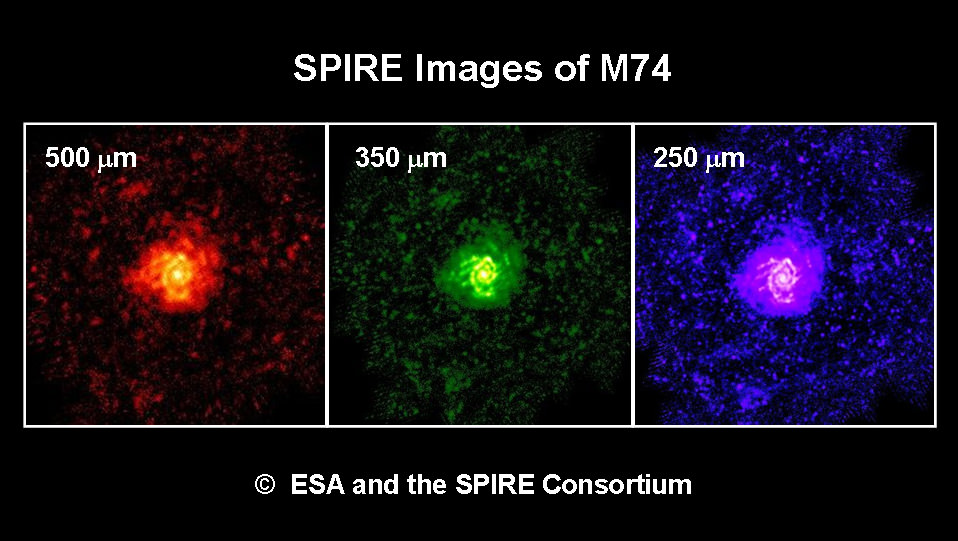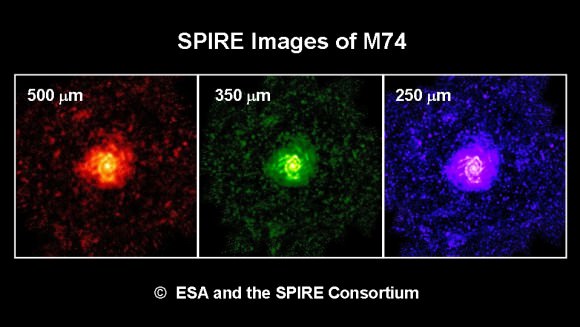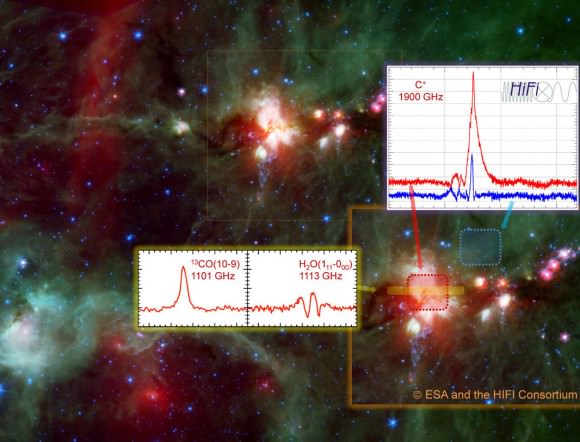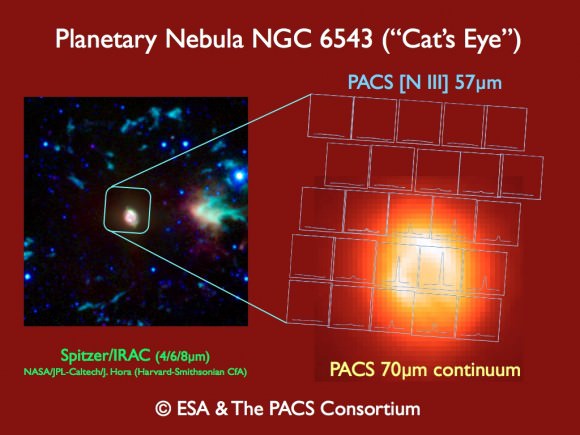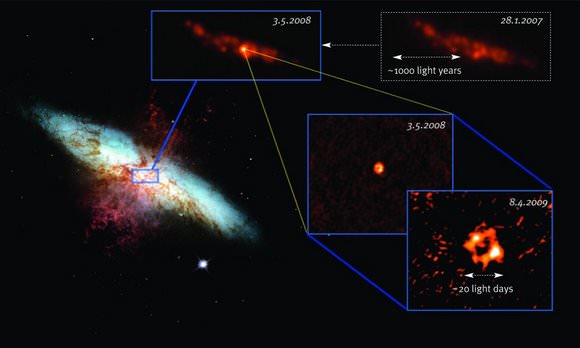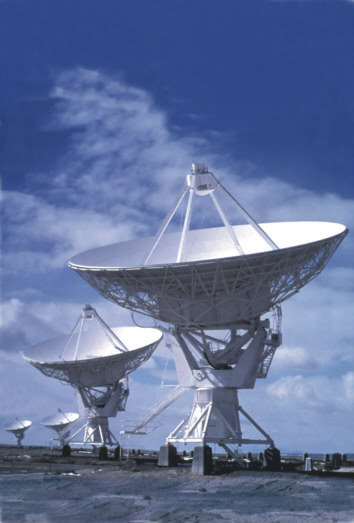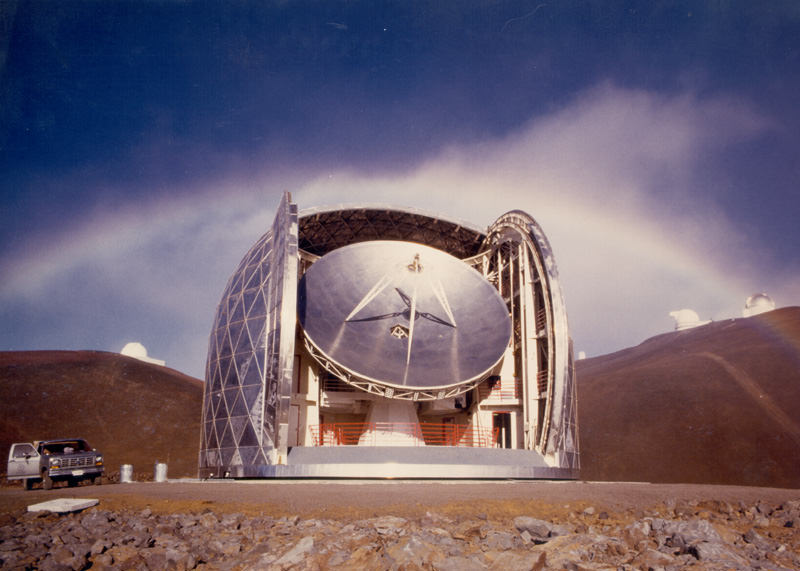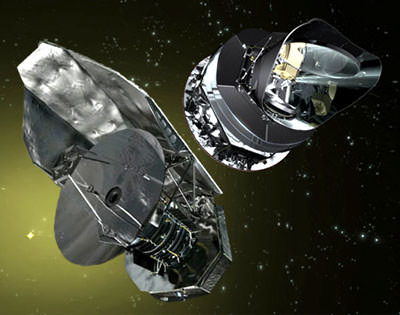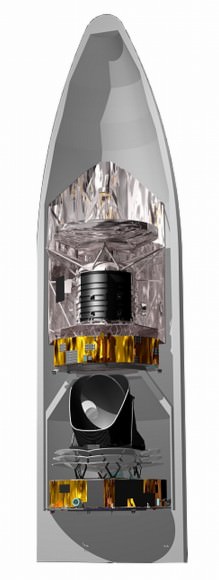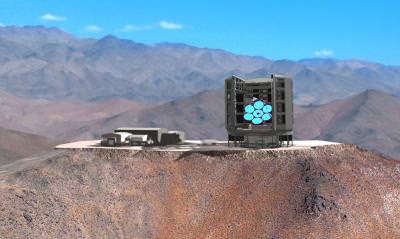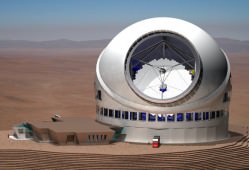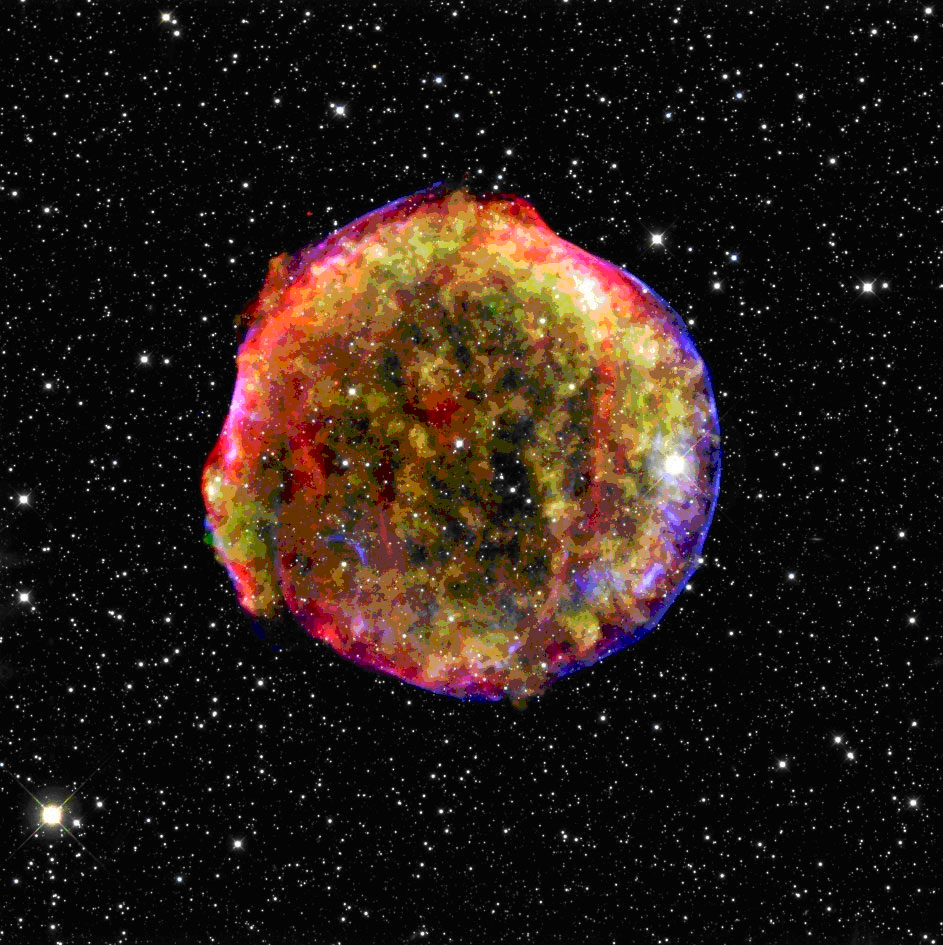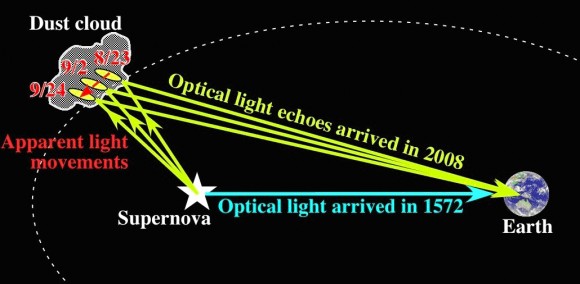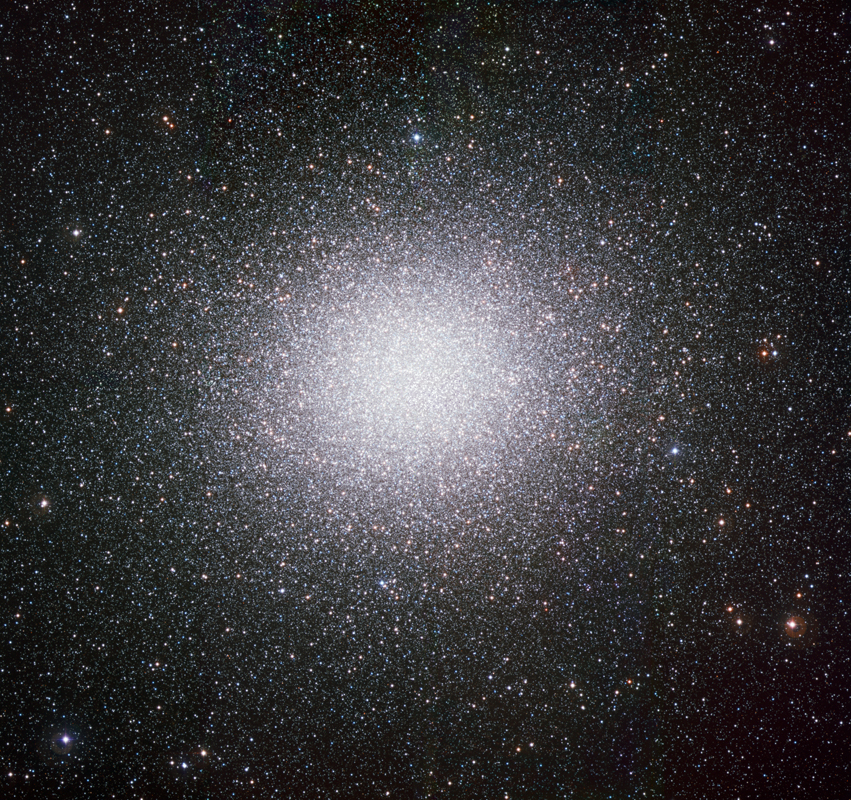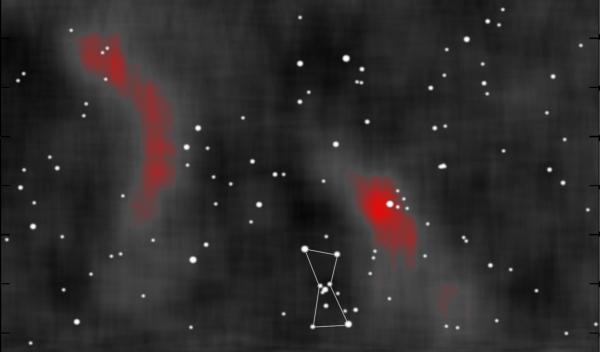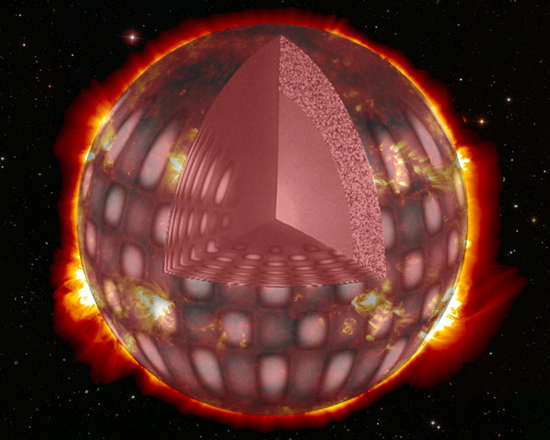[/caption]
The search for the best observatory site in the world has lead to the discovery of what is thought to be the coldest, driest, calmest place on Earth. No human is thought to have ever been there, but it’s expected to yield images of the heavens three times sharper than any ever taken from the ground.
The joint US-Australian research team combined data from satellites, ground stations and climate models to assess the many factors that affect the quality of an observing site – cloud cover, temperature, sky-brightness, water vapour, wind speeds and atmospheric turbulence.
The researchers pinpointed a site on an Antarctic plateau with the prosaic name “Ridge A”. At an elevation of 4,053 m, the ridge is not only remote but extremely cold and dry. The study revealed that Ridge A has an average winter temperature of -70 °C, and that the water content of the entire atmosphere in a vertical column above the ridge is equivalent to a layer of liquid water less than the thickness of a human hair.
The ridge is also extremely calm, which means that there is very little of the atmospheric turbulence elsewhere that makes stars appear to twinkle. “It’s so calm that there’s almost no wind or weather there at all,” says Dr. Will Saunders of the Anglo-Australian Observatory and visiting professor to the University of New South Wales, who led the study.
“The astronomical images taken at Ridge A should be at least three times sharper than at the best sites currently used by astronomers,” says Dr. Saunders. “Because the sky there is so much darker and drier, it means that a modestly-sized telescope there would be as powerful as the largest telescopes anywhere else on earth.”
They found that the best place in almost all respects was not the highest point on the Plateau – called Dome A – but 150km away along a flat ridge.
“Ridge A looks to be significantly better than elsewhere on the Antarctic plateau and far superior to the best existing observatories on high mountain tops in Hawaii and Chile,” says Dr. Saunders.
Ridge A is located within the Australian Antarctic Territory (81.5 °S 73.5 ºE), the site is 144km from an international robotic observatory and the proposed new Chinese ‘Kunlun’ base at Dome A (80.37 °S 77.53 °E).
Interest in Antarctica as a site for astronomical and space observatories has accelerated since 2004 when astronomers published a paper in the journal Nature confirming that a ground-based telescope at Dome C, another Antarctic plateau site, could take images nearly as good as those from the space-based Hubble telescope. A detailed study by the Anglo-Australian Observatory suggests the cost of building and running the 2.5 m telescope PILOT optical/infrared telescope at Dome C would be US$8.5 million.
The finding is published today in the Publications of the Astronomical Society of the Pacific.
Source: University of New South Wales


